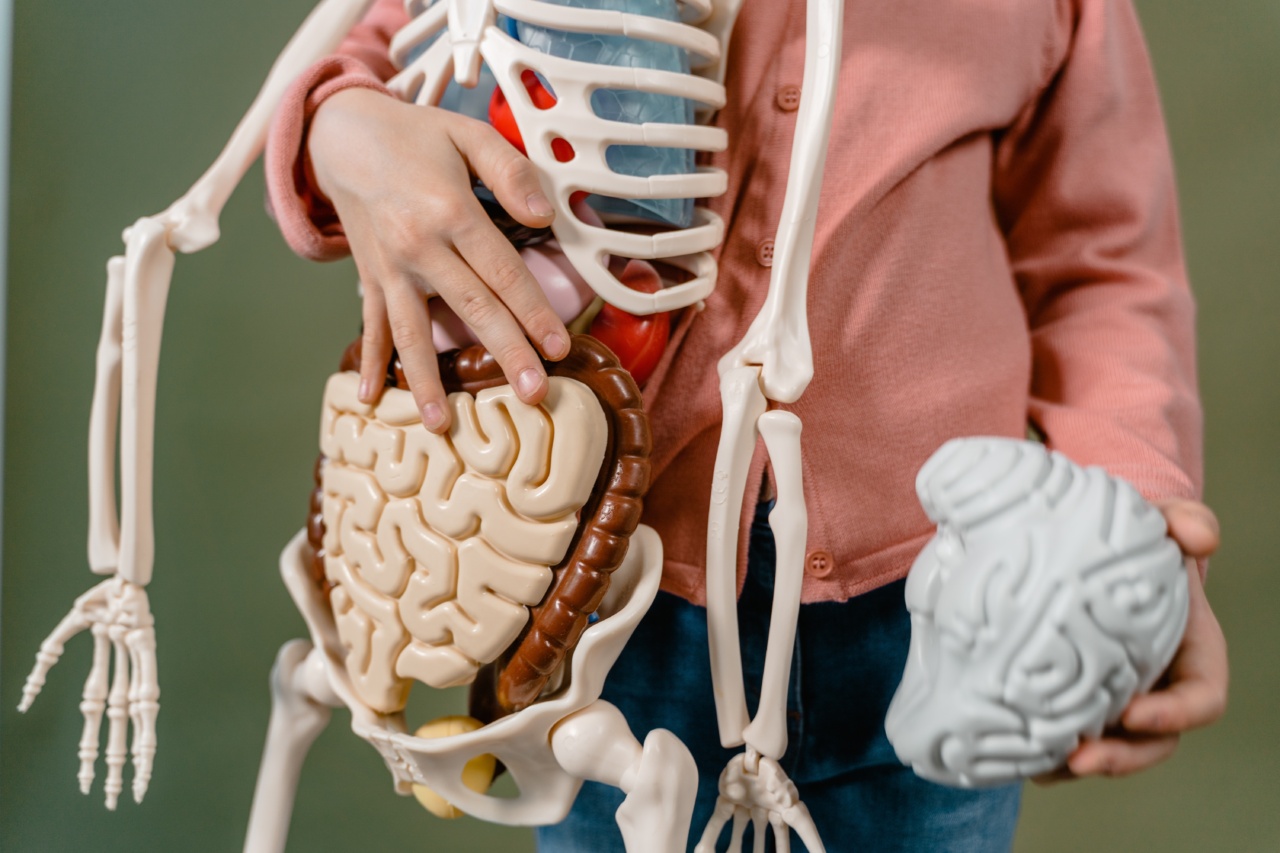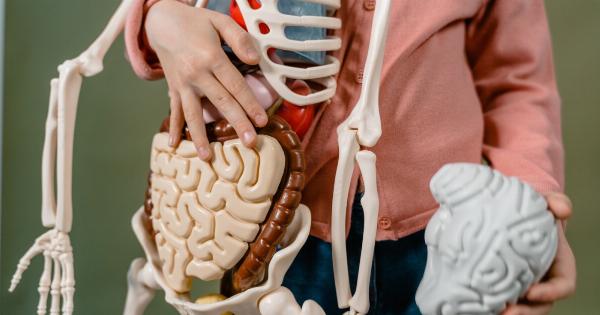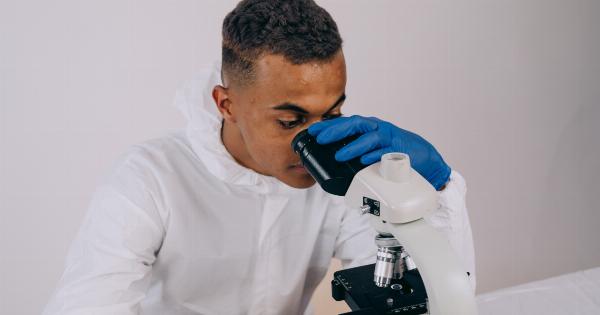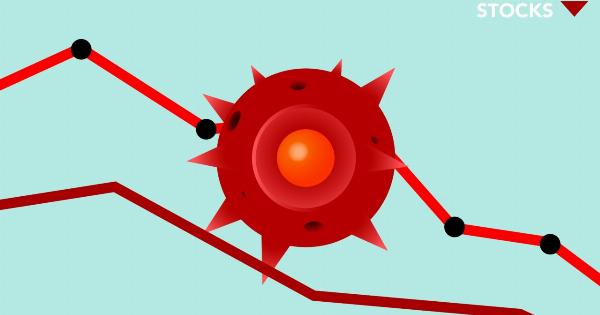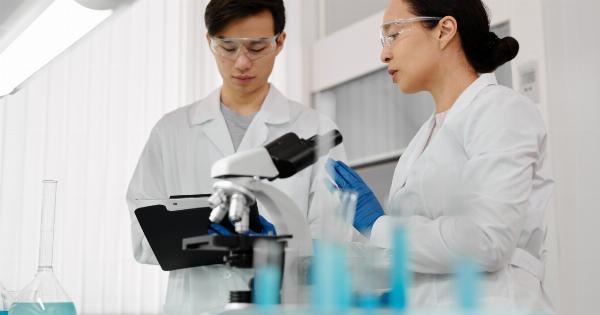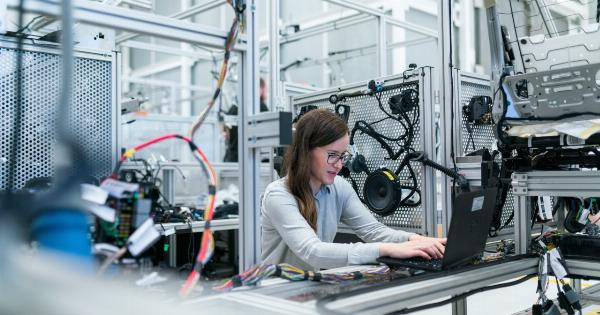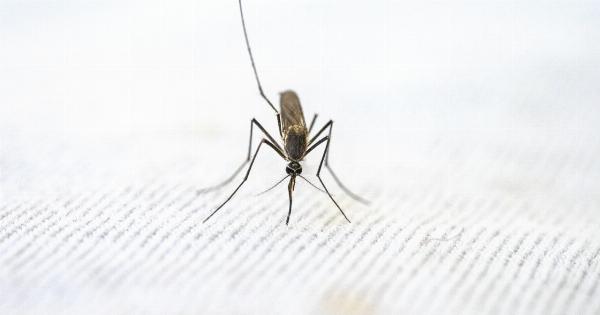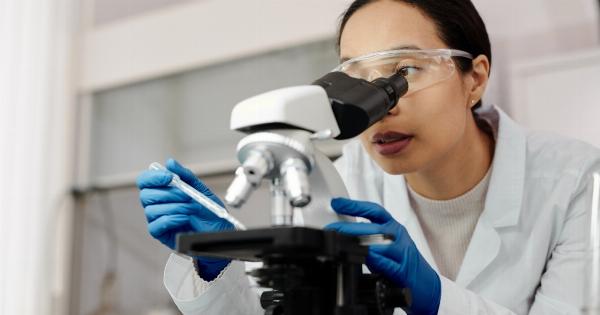Science has always been at the forefront of ground-breaking discoveries that sometimes seem impossible. One such discovery is the creation of chimeras – organisms that are made up of cells with different genetic makeups.
The creation of chimeras with a human brain has been a topic of hot debate for many years. It’s a topic that raises ethical questions, but it could also open doors to new discoveries in the field of science.
What are chimeras?
Chimeras are organisms made up of cells with different genetic makeups. This means that a chimeric organism can have two or more sets of DNA in its body, which makes it genetically different from conventional organisms.
The process of creating a chimera usually involves the merging of cells from different organisms. This can be done by fusing embryos, injecting cells into the developing embryo, or transplanting cells between organisms.
Chimeras with a human brain: How are they made?
The idea of creating chimeras with a human brain may sound like a scene out of a science-fiction movie, but it has already been done.
In 2019, a team of researchers from the Salk Institute for Biological Studies in California announced that they had successfully created a chimera that contained human cells in its brain, heart, and pancreas.
The team used a technique called interspecies blastocyst complementation to create the chimera.
This technique involves taking a blastocyst (an early-stage embryo) from one organism and injecting pluripotent stem cells (cells that can differentiate into any type of cell) from another organism into the blastocyst. The pluripotent stem cells then form different tissues in the chimera, depending on the type of cells that were injected.
In the case of the Salk Institute’s chimera, the team injected human pluripotent stem cells into a pig blastocyst. The resulting chimera contained cells from both pigs and humans, with the human cells forming the brain, heart, and pancreas.
What are the benefits of creating chimeras with a human brain?
The creation of chimeras with a human brain has the potential to provide new discoveries in the field of science. One major benefit of creating these chimeras is that they could be used to study human diseases.
By creating a chimera with a human brain, researchers can study how diseases such as Alzheimer’s and Parkinson’s affect the brain and develop new treatments.
Another potential benefit of creating chimeras with a human brain is that it could lead to the development of animal models for testing new drugs and treatments.
Currently, animal models for diseases such as Alzheimer’s and Parkinson’s are limited, as these diseases usually only affect humans. By creating chimeras with a human brain, researchers can develop animal models that closely mimic human diseases.
What are the ethical concerns surrounding chimeras with a human brain?
While the creation of chimeras with a human brain has the potential to provide new discoveries in the field of science, it also raises many ethical concerns.
One major concern is that creating chimeras with a human brain could lead to the creation of animals with human-like qualities, such as consciousness and self-awareness. This could raise questions about the treatment of these animals and whether they should be considered human or animal.
Another ethical concern is that creating chimeras with a human brain could lead to unintended consequences.
For example, if human cells were to form into sperm or egg cells, the chimera could potentially breed and create an animal with a fully human genetic makeup.
Conclusion
The creation of chimeras with a human brain is a topic that raises many ethical questions, but it could also open doors to new discoveries in the field of science.
While the benefits of creating these chimeras are significant, it’s important to consider the ethical concerns and potential risks associated with this research.
